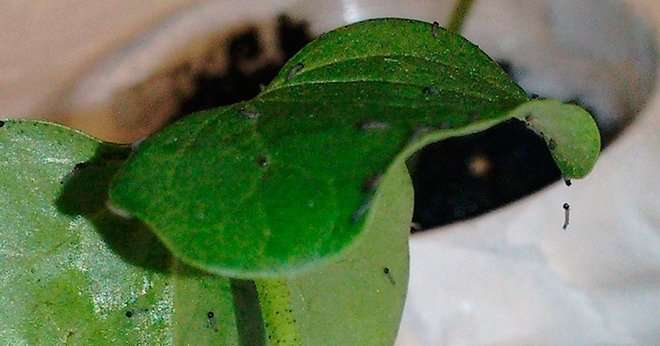Computer models allow farmers to diversify pest management methods

In order to fight against pests with resistance to both insecticides and transgenic plants with insecticidal action, a group of Brazilian scientists has developed computational tools that can give clues on the pests' habits, thus enabling decision-makers to choose from a wider range of pest control strategies. The study is published in Scientific Reports.
"The idea is to use computer models to design strategies capable of reducing the damage done to crops by pest populations and containing their expansion on plantations," said Wesley Augusto Conde Godoy, coordinator of the project and also a professor at the University of São Paulo's Luiz de Queiroz College of Agriculture. First, the researchers modeled the movements of the cucurbit beetle, Diabrotica speciosa, which attacks several crops, such as soybeans, corn and cotton.
Using computer modeling, they found that spatial configurations in diversified intercropping systems (growing two or more crops in proximity) could favor or inhibit pest dispersal. "We observed that the presence of corn strips distributed across farmed fields could reduce spatial dispersal of the insects," Godoy said. Motivated by the results obtained with D. speciosa, the researchers investigated possible applications of computer modeling to describe the spatial dynamics of other agricultural pests, such as the Fall armyworm (S. frugiperda), an insect with resistance to Bt corn, cotton and soybeans.
In order to delay the development of S. frugiperda and other pests' resistance to transgenic crops that have been modified to repel parasites through the inclusion of genetic material from Bacillus thuringiensis Berliner (Bt) bacteria, technicians have advised farmers to create refuges, strips within Bt crop fields of the same crop without a Bt trait.
Refuges are intended to ensure the maintenance of individuals susceptible to Bt technology within the pest population. They mate with resistant individuals, and this prevents the population as a whole from developing resistance to Bt toxins, Godoy explained. "It's been demonstrated that the larger the refuge area is, the lower the frequency of Bt-resistant individuals," he said.
Using a cellular automata-based computer model that predicts the movements of insects, the researchers measured the effectiveness of three different refuge configurations: mixed seeds, random blocks, and strips. "We succeeded in identifying the best refuge configuration and size to delay the development of Bt crop resistance in S. frugiperda," Godoy said.
The researchers combined the computer model with data on the insect's movements obtained in the laboratory to analyze and compare its behavior on leaves of Bt and non-Bt cotton. The results of the study showed that the insect moved around more on Bt cotton leaves than non-Bt cotton leaves. "We don't yet know what mechanisms may trigger this behavior," Godoy said. "However, the findings so far have important practical implications because they may correlate with faster development of Bt resistance." Less movement on non-Bt leaves could be associated with adaptation cost. This is frequently the case for resistant populations of this insect in the absence of selection pressure, he explained.
"We plan to continue investigating this problem, as continuation of the research could produce significant contributions to pest management programs by improving crop configuration to delay the development of resistance to GM crops among these and other insects," Godoy said.
More information: José B. Malaquias et al, Larval Dispersal of Spodoptera frugiperda Strains on Bt Cotton: A Model for Understanding Resistance Evolution and Consequences for its Management, Scientific Reports (2017). DOI: 10.1038/s41598-017-16094-x
Journal information: Scientific Reports
Provided by FAPESP



















